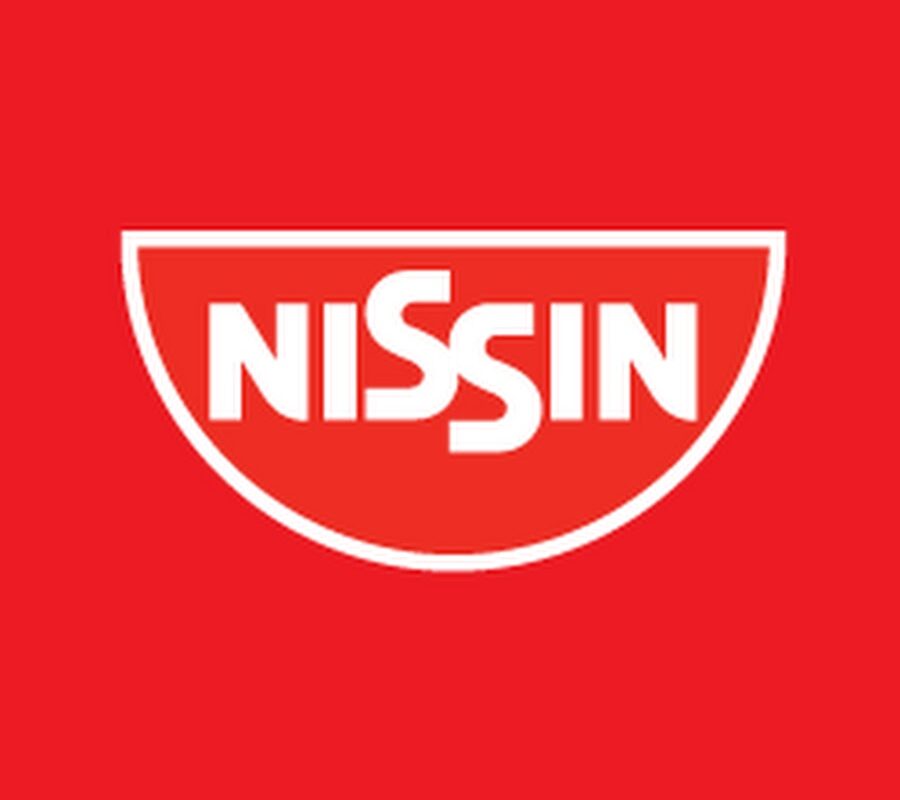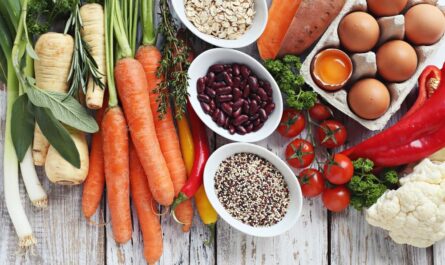The Wonder Antibiotic – Nisin
Antibiotics have revolutionized medicine by allowing doctors to cure bacterial infections. However, overuse and misuse of antibiotics have led to growing antibiotic resistance, posing a serious threat to global health. In this scenario, it is important to discover and develop new antibiotics. Nisin is a wonder antibiotic produced by some strains of Lactococcus lactis that could help overcome the problem of antibiotic resistance.
What is Nisin?
Nisin is a polycyclic antibacterial peptide produced by some strains of Lactococcus lactis, a bacterium commonly used in dairy products like cheese. It was originally discovered in the 1920s and approved for use as a food preservative in 1953 due to its potent antimicrobial activity against Gram-positive bacteria like Listeria, Clostridium, and Bacillus species.
Nisin works by permeabilizing the bacterial cell membrane, leading to the leakage of intracellular material and cell death. It forms pores on the membrane by binding to a key cell structure called lipid II which helps in bacterial cell wall synthesis. By damaging the integrity of the cell membrane, Nisin inhibits the growth of harmful bacteria and spores.
Unique Mode of Action
Unlike many traditional antibiotics which target intracellular processes, Nisin acts on the outer cell membrane. This makes it less likely for bacteria to evolve resistance against it. Bacteria would need multiple complex genetic changes to alter the lipid II structure and prevent Nisin binding.
So far, no clinically relevant bacterial resistance to Nisin has been reported despite 60 years of use as a food preservative. This unique mode of action offers great potential for Nisin to treat antibiotic-resistant infections that are becoming untreatable with current antibiotics.
Efficacy against Antibiotic-Resistant Bacteria
Laboratory studies have demonstrated Nisin’s potency against various pathogenic and antibiotic-resistant bacteria like methicillin-resistant Staphylococcus aureus (MRSA), vancomycin-resistant enterococci (VRE), Clostridium difficile, and Listeria monocytogenes. It can effectively inhibit the growth or kill these difficult-to-treat bacteria even at very low concentrations.
Nisin also shows synergistic effects when combined with certain antibiotics. For example, its combination with vancomycin or linezolid significantly improves their anti-MRSA activity. This opens possibilities for using Nisin to salvage the efficacy of last-line antibiotics against ultra-resistant strains.
Potential Medical Applications
Given its strong antimicrobial activity and unique resistance profile, Nisin holds promise for treating topical, dental, and internal infections:
– Wound/skin infections: Nisin formulations show effectiveness against pathogens contaminating wounds and implants. It could help reduce surgical site infections.
– Dental caries/gum disease: Nisin mouthwashes, toothpastes or gels may help control dental plaque and prevent or treat oral diseases.
– Gastrointestinal infections: Enteric-coated capsules or tablets delivering Nisin to the intestines may treat C. difficile infections and reduce antibiotic-associated diarrhea.
– Sinusitis, pneumonia etc: via inhalation, Nisin may be useful as an adjunct treatment for respiratory infections.
– Intravenous administration: Though challenging due to its peptide nature, solutions are being developed to deliver Nisin intravenously for severe systemic infections.
Commercial Production and Future Potential
Nisin’s industrial-scale production using fermentation technology is well established. Leading players like DuPont and Galactic already produce multi-ton quantities annually for worldwide food preservative markets.
Researchers are further engineering production strains for higher titers, developing formulations optimized for different medical uses, and conducting clinical trials. If proven safe and effective in humans, Nisin could supplement or complement current antibiotics in multiple therapeutic areas. It could provide a much-needed solution to the global public health crisis of antibiotic resistance. With its nearly unique profile, Nisin is undoubtedly one of the most promising antibiotic candidates today.
The bacteriocin Nisin offers a natural, novel and robust approach to combat bacterial infections. Despite six decades of safe use as a food preservative, no significant resistance against it has emerged. Its unique membrane-targeting mechanism holds great potential to treat multiple antibiotic-resistant “superbug” infections. With ongoing research and product development, Nisin could revolutionize infectious disease management in the post-antibiotic era.
*Note:
1. Source: Coherent Market Insights, Public sources, Desk research
2. We have leveraged AI tools to mine information and compile it




